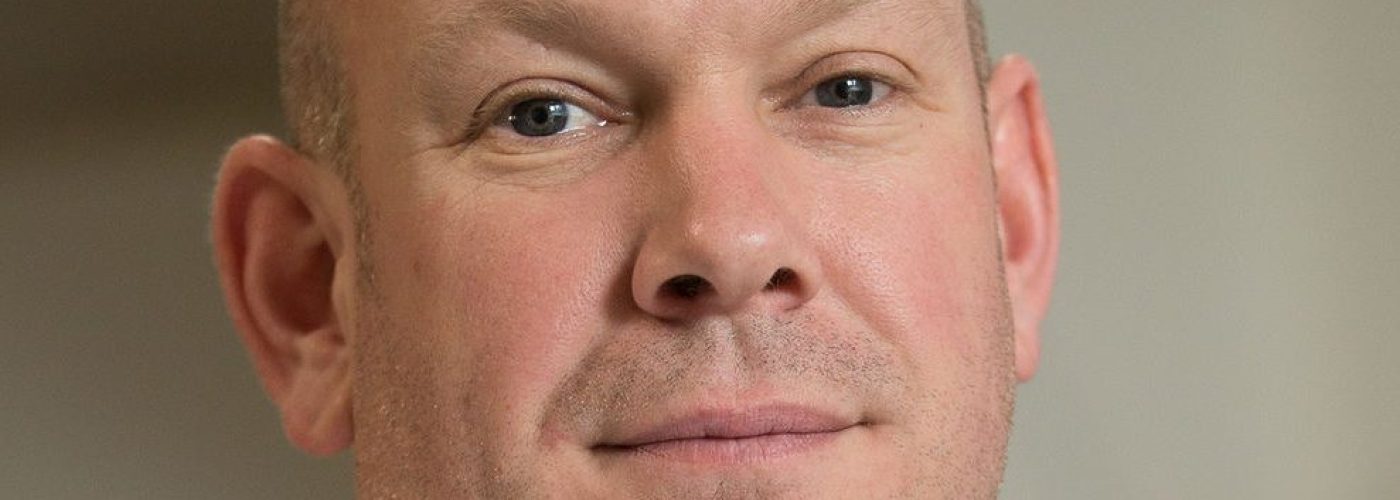A new study into the installation costs of underfloor heating versus traditional radiators has shown that the underfloor heating option is far more economical than is generally perceived.
The study, conducted by force drying specialist, ForceDry, was based on data from leading contractors for installations in a one, two and three bedroom property.
Three specifications were included: traditional radiators and 75mm sand & cement screed, traditional radiators with a 50mm flowing screed, and a 50mm flowing screed with underfloor heating.
The findings showed that, for an 80m2 dwelling, installation costs for the sand and cement approach range from £3,003.72 to £3,483.10; for a 50mm flowing screed with radiators costs start at £3,163.72 to £3,563.10 and for a 50mm flowing screed with underfloor heating costs range from £3,464.63 and £4,082.30. The costs for the underfloor heating approach also includes force drying, which facilitates fast, safe drying of liquid screed floors. This approach reduces drying time typically from around 90 days to as little as 28 days, representing a significant time saving and additional cost saving in the construction process.
Ross Verity, managing director of ForceDry, said: “There is a perception that underfloor heating is expensive and only practical in commercial terms for installation in higher end properties. However, our study shows that the underfloor heating method is only marginally more expensive to install than radiators, but when combined with force drying with the considerable cost benefits of the time saved factored in, the overall costs could actually be less. This means underfloor heating with a flowing screed can be a viable solution for all kinds of housing, including social and affordable.”
Verity also points to the environmental benefits of using liquid gypsum screed flooring, which comprise 98% recycled waste material, require less energy to produce and, because it is thinner, uses less material. These factors result in a carbon footprint over 70% lower than that of sand and cement screeds.
Verity said: “This approach is economical to install, environmentally friendly and performs very efficiently. It can save developers and property owners time and money during build and allows them to offer a superior product specification. Home owners and tenants then benefit from the comfort, economy and low maintenance this kind of system offers.”





